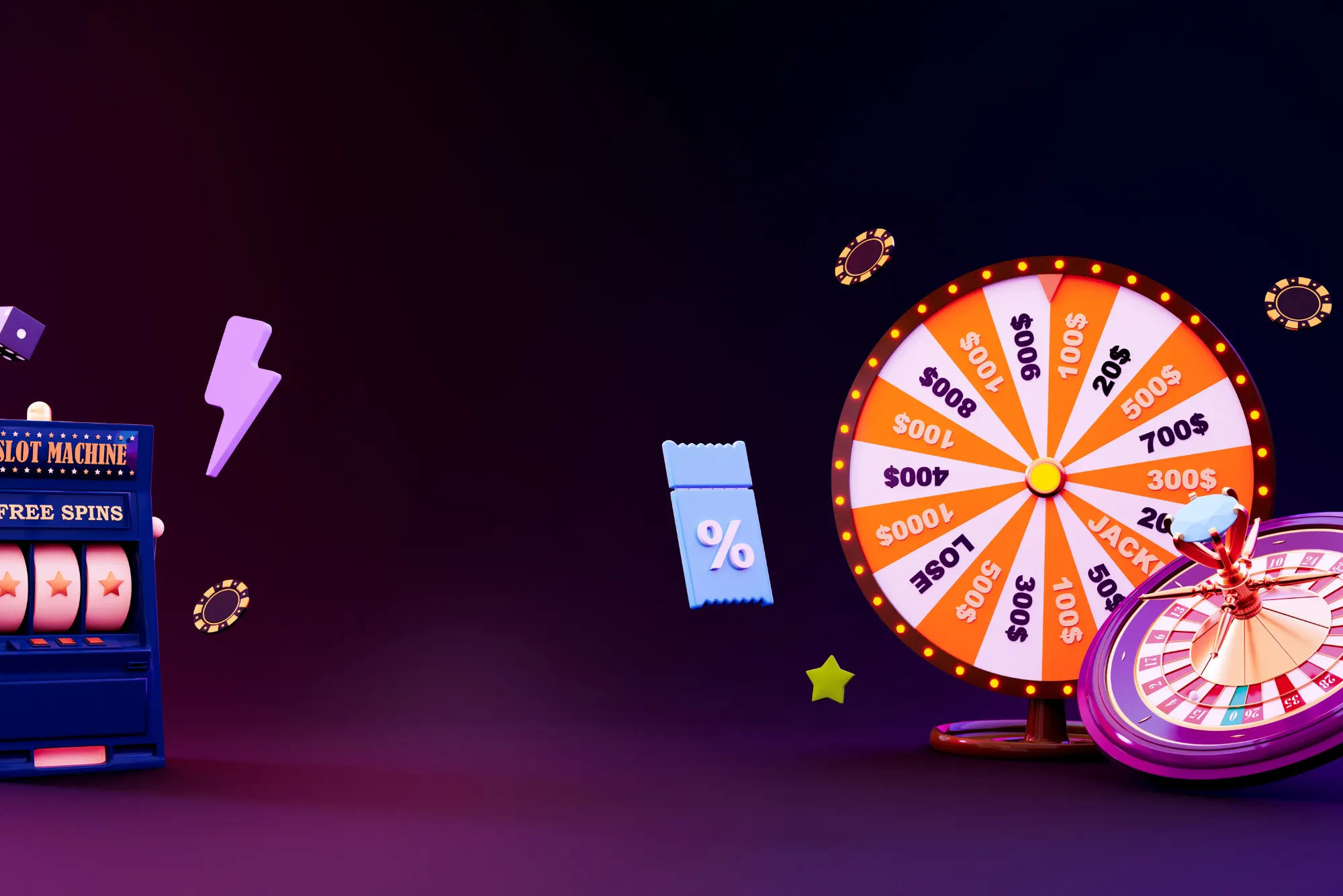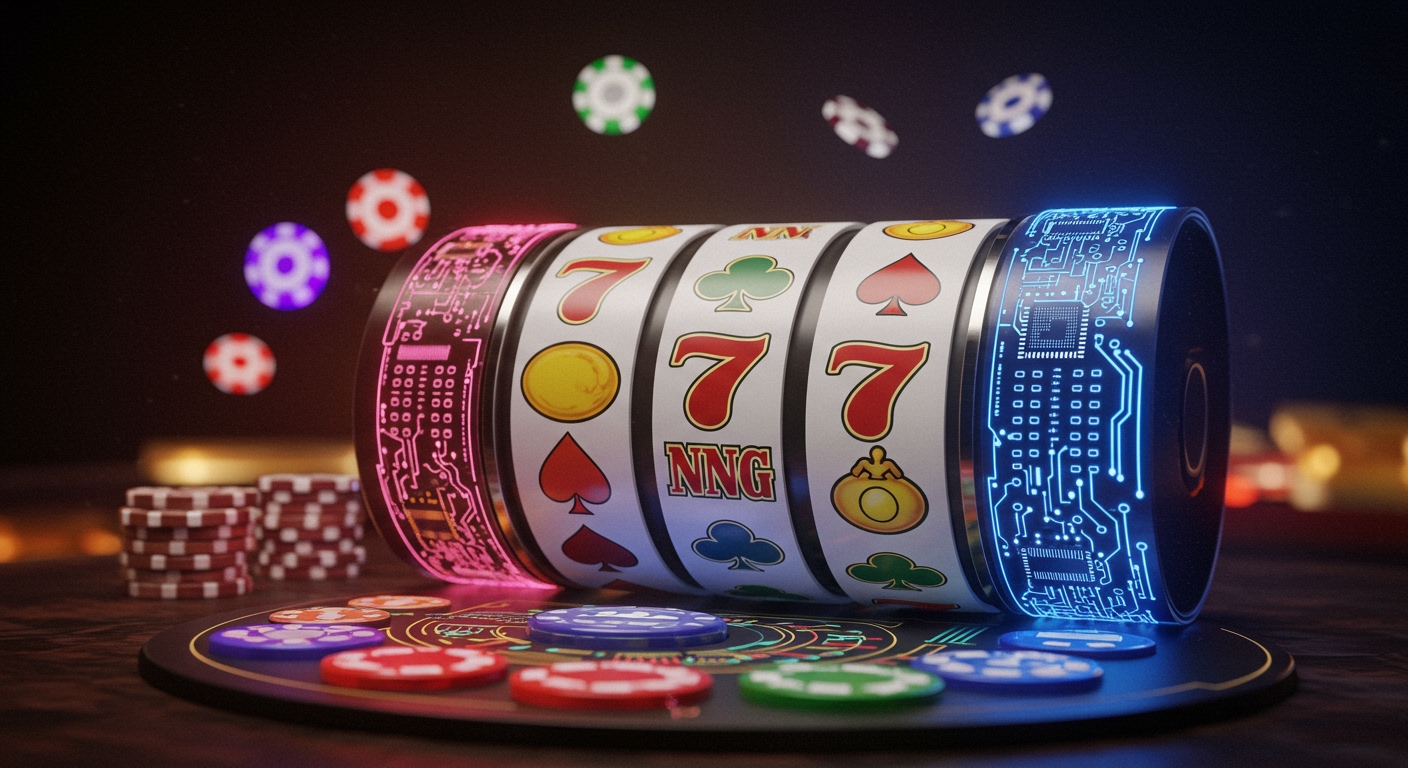Megaways rewrote the slot rulebook with ever-changing reel heights and six-figure ways to win. Classic 5-reel slots stuck to their guns: fixed paylines, clearer math, familiar bonus triggers. After thousands of personal spins, too many spreadsheets, and more forum debates than I’d like to admit, I’ve learned that “which triggers more bonuses” isn’t just a numbers question—it’s about game design philosophy, volatility tolerance, and how you manage your bankroll (and emotions) session by session.
Megaways in a Nutshell
Megaways engines (first popularized by Big Time Gaming) randomize reel heights each spin, producing anywhere from a few hundred to hundreds of thousands of win ways. The format is inherently volatile: designers frequently pair it with cascading wins, increasing multipliers, and hard-to-trigger free-spin rounds. The upside? When the reels open wide and the multiplier stacks, you can land a monster bonus that pays for a week’s worth of play. The downside? You’ll often slog through dry spells while waiting for those elusive four scatters or that perfect cascade chain.
I treat Megaways like a rollercoaster: long climbs, breathtaking drops. If I’m sitting with a deeper bankroll and a patient mindset, I’m happy to chase. If I’m tired, short on funds, or just want a chill night, I know better than to let a feisty Megaways title chew me up.
Classic 5-Reel Logic—and Why It Still Works
Classic 5-reelers rarely surprise you. You get fixed paylines or easily understood “ways,” transparent scatter counts, and bonus features that pop at predictable intervals (say one bonus every 120–180 spins on average, give or take). Because the math model is simpler, studios typically offer steadier base-game hits and less savage droughts. You trade ceiling for consistency: fewer fireworks, more candlelight.
This predictability is exactly why I sometimes prefer classics when I want to stretch a small bankroll. The bonus may only pay 40x instead of 400x, but I’m far more likely to see it without emptying my balance. Classics are also less distracting psychologically—cleaner visuals, fewer “near miss” cascades, and less sensory overload.
Bonus Frequency vs. Bonus Quality
Here’s the core: Megaways games often trigger fewer base bonuses but make them bigger and more layered (cascades, multipliers, retriggers). Classic 5-reel slots usually trigger more often, but with smaller, simpler payouts. Which one “delivers more” depends on your definition: count of bonuses or total bonus value over time.
On my own logs (I track triggers across sessions), I usually see classic slots hit features more regularly. Over a long horizon, though, Megaways’ chunky bonuses can catch up or even surpass classics in total bonus value—if you’re willing to ride the variance.
Where Fast Cash-Outs Fit In
All the bonuses in the world mean little if you can’t get your winnings out quickly. That’s where fast withdrawal betting sites become crucial. I’ve shifted a big chunk of my play to brands that actually honor “instant” or same-day withdrawals. Waiting days for a payout turns a great session into a frustrating memory. When you’re deciding between Megaways and classics, consider not just how you’ll win—but how fast you’ll touch your money once you do. A slick, fast-paying cashier can make a medium bonus feel better than a massive one stuck in limbo.
RTP, Volatility, and the Hidden Curve
Both formats can sit anywhere on the RTP spectrum, but volatility is where they diverge. Megaways tends to be coded high to extreme volatility. That means lower hit frequency, spikier payouts. Classic 5-reelers hover more around low to medium-high volatility. You’ll see more small wins, fewer “all or nothing” spikes. If you’re a numbers person, know that designers push RTP into the feature rounds for Megaways. In classics, more of it is sprinkled across base spins and smaller features.
I’ve run rough “spin-to-bonus” averages on some popular titles (sample sizes of a few thousand spins, so take with caution). Megaways often took 200–350 spins for a bonus; classics hovered closer to 120–180. But when the Megaways bonus landed, its average payout dwarfed the classic’s. Again, ceiling vs. consistency.
Session Goals: Entertainment Time or Thrill Hunting?
When I coach friends on slot choices (yes, I’ve become “that friend”), I ask a simple question: “What’s tonight’s goal—time on machine or big-hit lottery?” If they answer “time,” I point them to classics. If they answer “lottery,” megaways it is—but with a warning to set hard loss limits. Clear goals shape smarter decisions and reduce tilt when variance smacks you.
I’ll also split sessions: 20 minutes of Megaways “hunting” followed by 30 minutes of classic “maintenance.” This keeps my adrenaline and bankroll in balance. It’s like sprinting then jogging—healthy for the gambling soul.
Bankroll Tactics That Keep You Sane
Megaways fund: separate, sealed, untouchable beyond its limit. Classic fund: smaller, used to pad out fun time. If the Megaways pot busts early, I don’t cannibalize the classic pot “because it’s due.” Probability doesn’t remember you. Emotion does—and it lies.
With classics, I’ll sometimes raise stakes after a bonus if I’ve got profit buffer, fishing for a slightly bigger hit. With Megaways, I tend to keep stakes flat or even drop them after a big bonus, because lightning almost never strikes twice in a short window.
Cognitive Biases: Designers Know You Better Than You Do
Megaways near-miss cascades and “1 scatter short” reels are designed to tap the sunk-cost fallacy. Classic slots do it too, but Megaways often has more moving parts to keep you emotionally invested. Awareness helps: when you catch yourself thinking “it must hit soon,” that’s your brain, not the math. Take a breather.
Real-World Anecdotes That Illustrate the Trade-Off
One evening, a friend and I tracked our bonuses across two games: a Megaways title and a vintage 5-reel fruit machine clone. In 90 minutes, the classic slot hit four bonuses averaging 38x. The Megaways game hit one bonus—185x. Our totals were roughly equal, but our moods weren’t. My friend on the Megaways felt “on edge” the whole time; I felt relaxed, even a bit bored. We swapped machines the next session and had the opposite emotional experience. Same math, different minds.
How Developers Blend the Lines
You’ll notice modern “classic” slots borrowing Megaways tricks: mystery symbols, expanding reels in free spins, or mini Megaways-style modifiers. Meanwhile, Megaways games sometimes simplify with guaranteed modifiers every few spins to ease variance. The lines are blurring. But the core remains: Megaways = elastic reel heights + big swing potential. Classics = fixed structure + steadier drips of features.
Picking Titles on the Go
When I’m browsing a lobby, I ask: is this Megaways clone doing anything new? Does the classic slot have a twist besides free spins and a pick-me bonus? Studios churn out reskins. Read paytables, skim reviews, and—if you can—test a few dozen play-money spins to see how often features tease. I’m not above skipping a “hot release” if the feature trigger is absurdly rare.
Cash-Out Logistics Matter More Than You Think
I keep bouncing back to withdrawals because they shape how “good” a win feels. Fast-paying sites reward good bankroll behavior: you can actually bank profit and walk. Slow-paying sites encourage you to keep playing while you wait… often eroding the win. Especially if you’re dabbling in high-volatility Megaways, you want an operator that lets you secure funds fast.
My Verdict: Bonus Density vs. Bonus Drama
If you want more frequent bonuses, classics generally win. If you want bigger, more dramatic bonuses (but fewer of them), Megaways is your arena. Personally, I alternate. Weeks when I’m busy or mentally fried, I go classic. Weekends with spare bankroll? I’ll Megaways-hunt and accept the risk. The trick is honesty: know why you’re spinning and what mechanic supports that reason.
Practical Takeaways Before You Spin
Set a session goal (time vs. thrill).
Match slot style to that goal.
Split bankrolls so one format can’t cannibalize the other.
Favor fast-paying operators so wins don’t dissolve in pending purgatory.
Log your sessions (even rough notes) to check perception against reality.
Walk away when emotion overrides your plan—whether you’re up or down.
Final Thoughts: “More Bonuses” Isn’t Always “Better”
A dozen tiny bonuses can feel hollow if you’re chasing a big story. One blockbuster bonus can feel empty if you went broke waiting for it. “More” needs context. Megaways and classics are tools—pick the one that fits your current job: slow-burn entertainment or high-voltage gamble. Use them wisely, respect your limits, and remember: the best bonus is the one you cash out quickly and happily.







